Academic READING Module (Paper Format)
Paper format:
- 40 questions in 60 minutes
- It is divided in 3 sections (readings) that go from the easiest one to a more difficult level of comprehension.
- Sources: Texts are derived from non-specialist publications, journals, magazines, and newspapers. All of the topics are of interest to the general public. They cover topics that are interesting, relevant, and accessible to exam takers who are enrolling in undergraduate or postgraduate programs or seeking professional certification. The paragraphs can be written in a number of different forms, such as narrative, descriptive, or discursive/argumentative. Non-verbal items such as diagrams, graphs, and drawings may be included in texts. A short glossary is supplied if the contents contain technical terms.
- Answering: During the given timeline for the test, test takers must record their responses on an answer sheet. Transfers are not permitted to take any more time. Poor spelling and grammar will be penalized if you write your responses on the answer sheet.
In this test, one can find different type of tasks (questions):
- Multiple choice
- Test takers must select the best answer from four options (A, B, C, or D), or the best two answers from five options (A, B, C, D, or E), or the best three answers from seven options (A, B, C, D, E, F or G).
- Identifying information
- Test takers will be given a number of statements and asked: ‘Do the following statements agree with the information in the text?’ They are then required to write ‘true’, ‘false’ or ‘not given’ in the boxes on their answer sheets.
- It's crucial to know the distinction between "false" and "not given." 'False' signifies that the passage contradicts the statement in question; 'not given' means that the information in the passage neither confirms nor contradicts the statement in issue.
- Identifying the writer’s views/claims
- Test takers will be given a number of statements and asked: ‘Do the following statements agree with the views/claims of the writer?’ They are required to write ‘yes’, ‘no’ or ‘not given’ in the boxes on their answer sheet.
- It's crucial to know the difference between "no" and "not given." 'No' indicates that the writer's opinions or claims clearly contradict the statement, i.e. the writer expresses a view or makes a claim that is contrary to the one stated in the question; 'not given' indicates that the view or claim is neither confirmed nor refuted.
- Matching information
- Test takers must discover specified information inside a text's lettered paragraphs/sections and enter the correct paragraphs/sections' letters in the boxes on their answer sheet.
- They won't have to look for information in every paragraph/section of the text, but there may be more than one piece of information in a given paragraph/section. They will be told that they can use any letter more than once if this is the case.
- Matching headings
- Test takers are given a list of headings, usually identified with lower-case Roman numerals (i, ii, iii, etc,).
- The primary concept of a paragraph or portion of material will be referenced by a heading. Test takers must match the header to the appropriate paragraphs or sections, which are alphabetically labeled. On their answer sheets, test participants fill in the relevant Roman numerals. Because there will always be more headers than paragraphs or sections, certain headings will be skipped.
- It's also possible that some paragraphs or sections of the work will be omitted. As an example for test takers, one or more paragraphs or sections may already be matched with a heading. This job is utilized for manuscripts that have well defined themes in paragraphs or sections.
- Matching features
- Test takers are required to match a set of statements or pieces of information to a list of options.
- The choices are a collection of textual features that are denoted by letters. For example, test takers may be asked to match various study findings to a list of researchers, or attributes to age groups, events to historical periods, and so on. Some options might not be utilized at all, while others might be used multiple times. If options can be used more than once, the instructions will let test takers know.
- Matching sentence endings,
- Test takers are given the first half of a sentence based on the text and asked to choose the best option from a list of alternatives to finish it. They will have more options than questions to choose from. On the answer sheet, test takers must write the letter they chose. The questions are arranged in the same order as the information in the passage: the first question in this group will be answered before the second, and so on. Any type of text can be utilized with this task type.
- Sentence completion
- Test takers complete sentences in a given number of words taken from the text.
- The instructions will make it clear how many words/numbers test takers should use in their answers, e.g. ‘NO MORE THAN THREE WORDS AND/OR A NUMBER from the passage’, ‘ONE WORD ONLY’ or ‘NO MORE THAN TWO WORDS’.
- If test takers write more than the number of words required, they will lose the mark.
- Figures or words can be used to write numbers. Words that have been contracted will not be tested. Words with hyphens are counted as single words. The questions are arranged in the same order as the information in the passage: the first question in this group will be answered before the second, and so on.
- Summary completion, Note completion, Table completion, Flow-chart completion
- Test takers are given a summary of a section of the text, and are required to complete it with information drawn from the text.
- The summary will usually simply cover a portion of the section rather than the entire passage. The given information can take the form of several connected sentences of text (referred to as a summary)
, several notes (referred to as notes), a table with some of its cells empty or partially empty (referred to as a table), a series of boxes or steps linked by arrows to show a sequence of events, with some of the boxes or steps empty or partially empty (referred to as a table),
or a series of boxes or steps linked by arrows to show a sequence of events (referred to as (referred to as a flow-chart).
- There are two variations of this task type. Test takers may be asked either to select words from the text or to select from a list of answers.
- Diagram label completion
- Test takers are expected to complete labels on a diagram that corresponds to a text description. The instructions will specify the number of words/numbers that test takers should utilize in their responses.
- Short-answer questions
- Test takers respond to questions that mainly pertain to factual information concerning textual details. This is most likely to be utilized with a text that contains a great deal of depth and factual information.
Marking
Each question is marked 1 point each correct answer out of 40 points. In the following picture, there is an example of how the score is obtained.




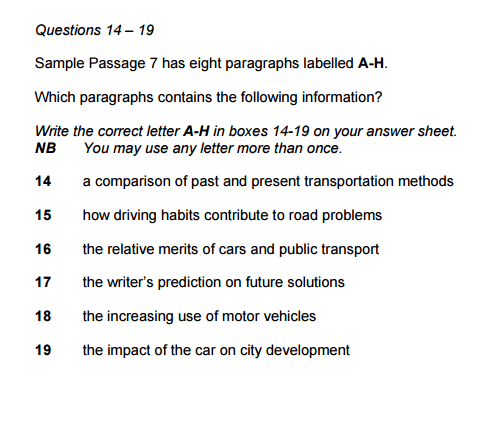


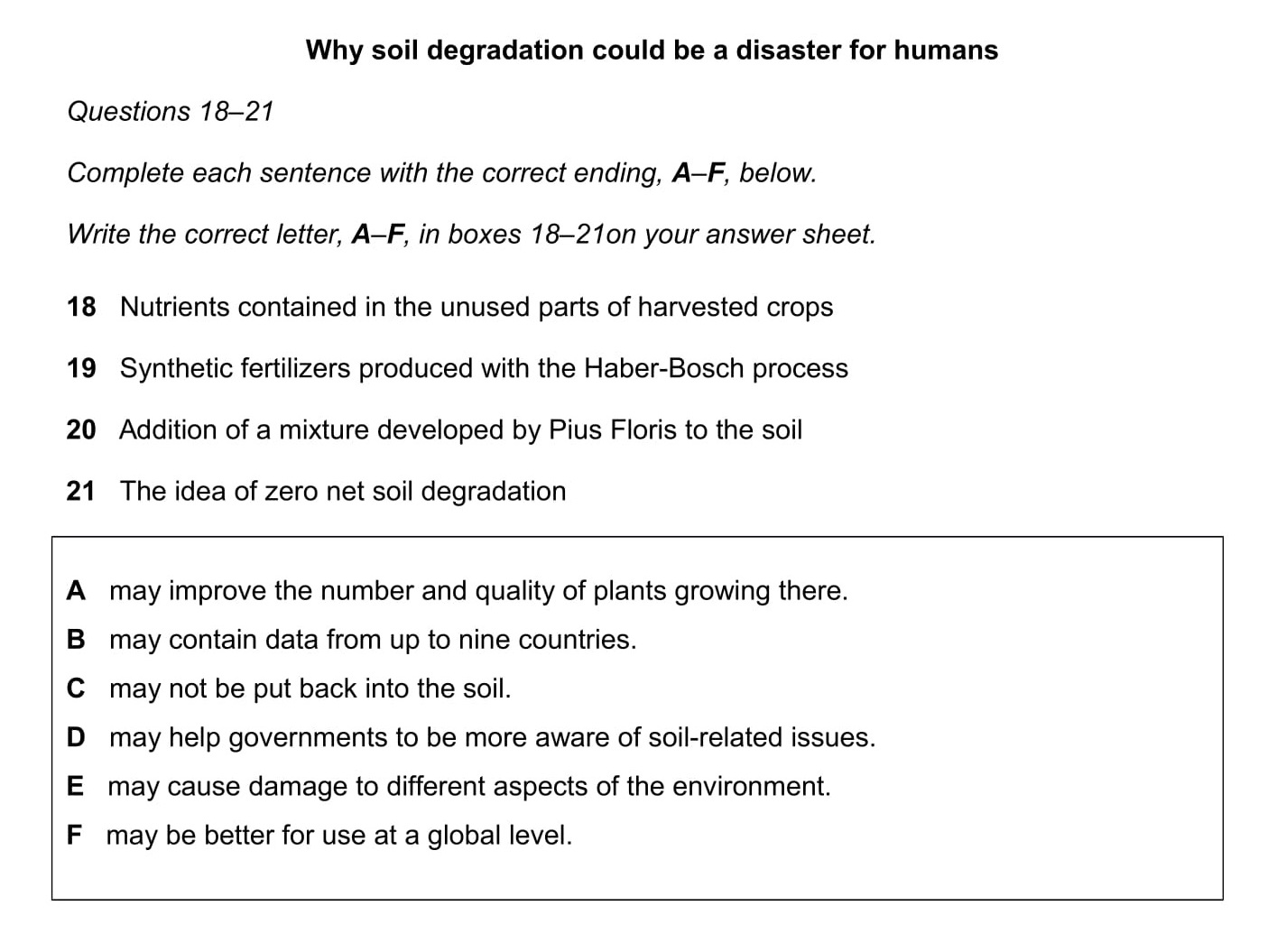


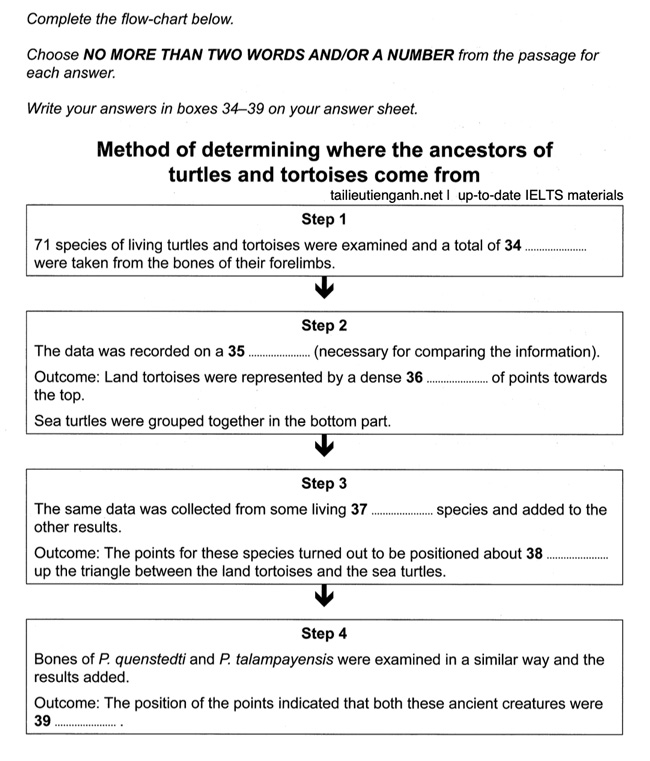
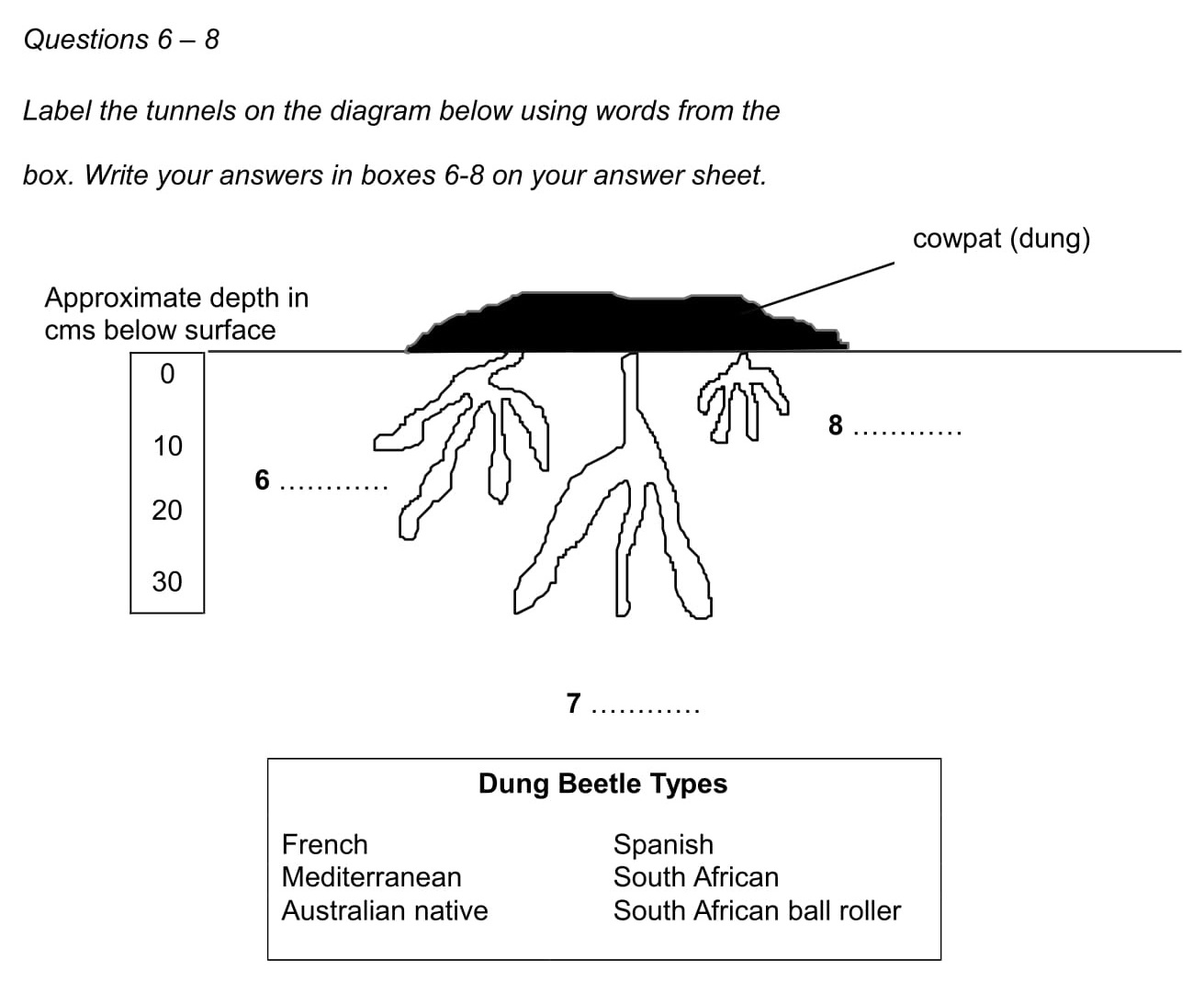
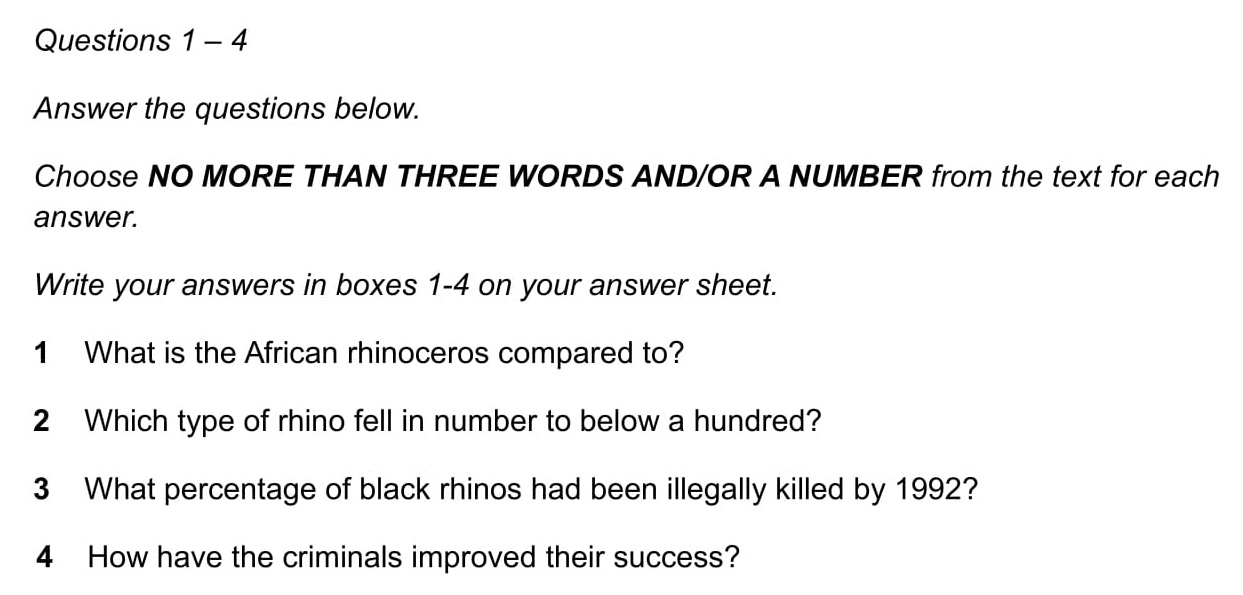

Comentarios
Publicar un comentario